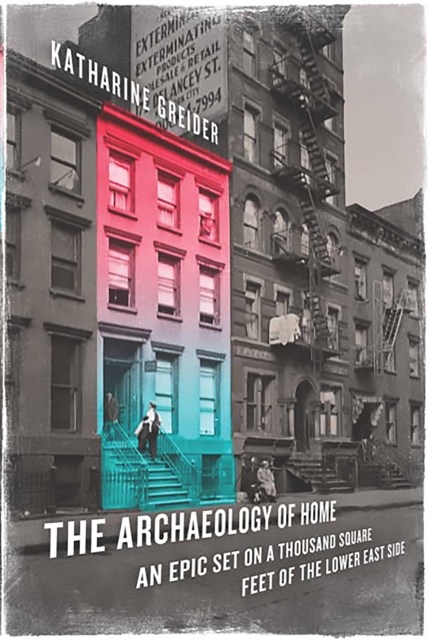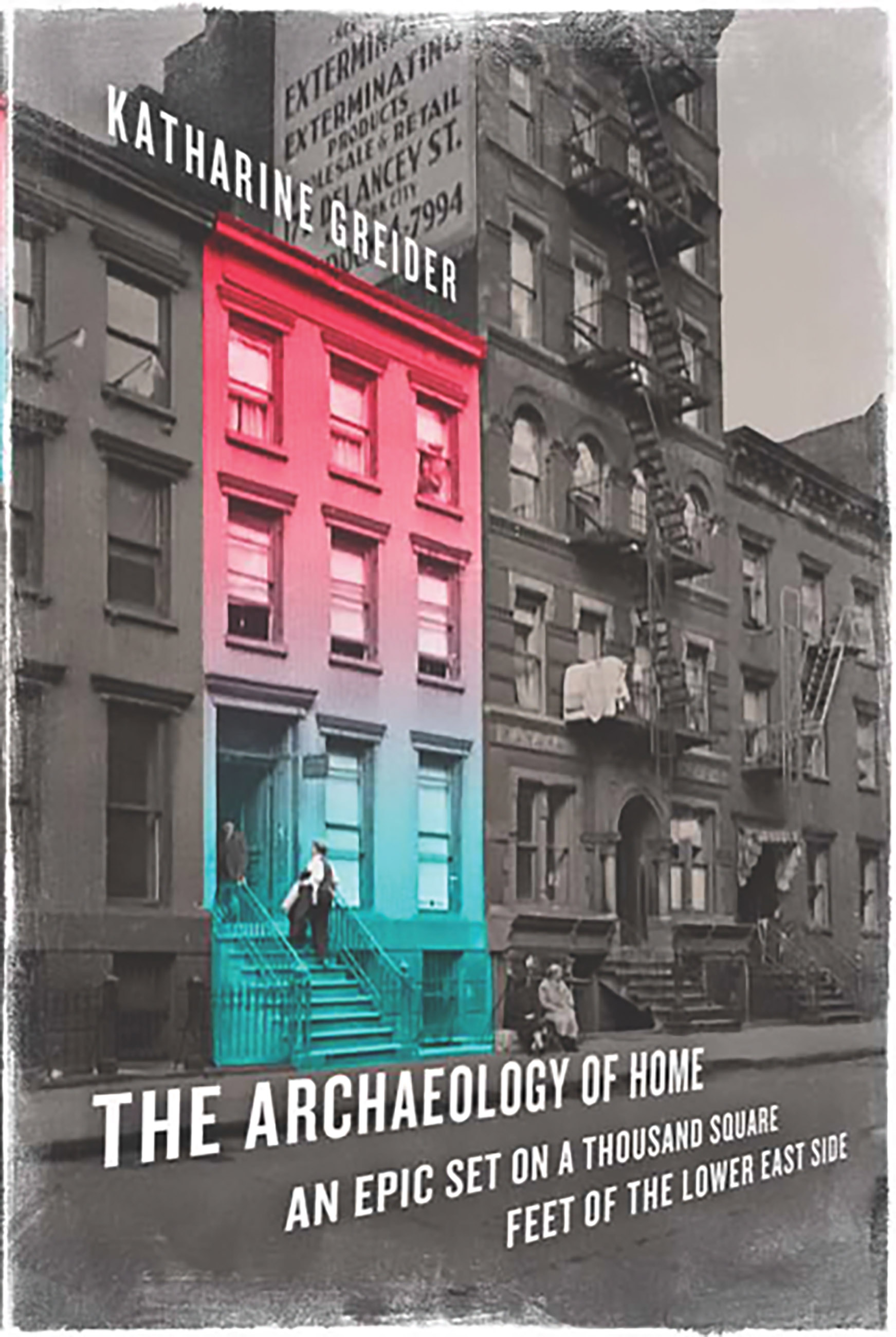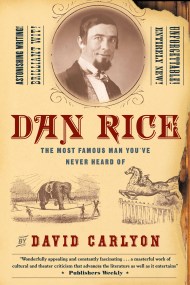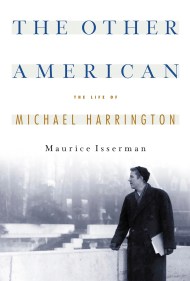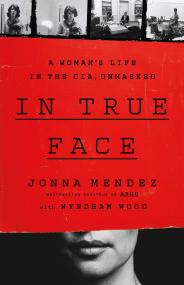Promotion
Use code MOM24 for 20% off site wide + free shipping over $45
The Archaeology of Home
An Epic Set on a Thousand Square Feet of the Lower East Side
Contributors
Formats and Prices
Price
$17.99Price
$22.99 CADFormat
Format:
ebook $17.99 $22.99 CADThis item is a preorder. Your payment method will be charged immediately, and the product is expected to ship on or around March 22, 2011. This date is subject to change due to shipping delays beyond our control.
Also available from:
During the journey, Greider examines how people balance the need for permanence with the urge to migrate, and how the home is the resting place for ancestral ghosts. The land on which Number 239 was built has a history as long as America’s own. It provisioned the earliest European settlers who needed fodder for their cattle; it became a spoil of war handed from the king’s servant to the revolutionary victor; it was at the heart of nineteenth-century Kleinedeutschland and of the revolutionary Jewish Lower East Side. America’s immigrant waves have all passed through 7th Street. In one small house is written the history of a young country and the much longer story of humankind and the places they came to call home.
Genre:
- On Sale
- Mar 22, 2011
- Page Count
- 352 pages
- Publisher
- PublicAffairs
- ISBN-13
- 9781586489908
Newsletter Signup
By clicking ‘Sign Up,’ I acknowledge that I have read and agree to Hachette Book Group’s Privacy Policy and Terms of Use
